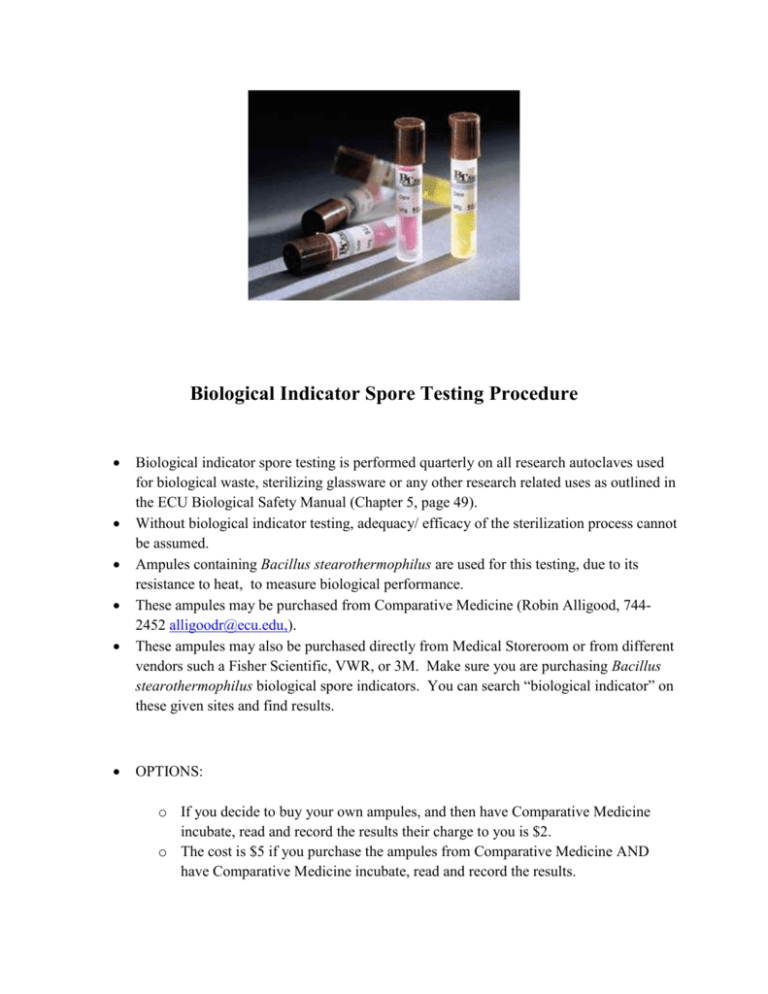
Method Development and Validation Services.

Radiation Sterilization Validation Services.Sustainable EO ® Sterilization Services.Guideline for disinfection and sterilization in healthcare facilities, 2008:1–158. Rutala WA, Weber DJ, and the Healthcare Infection Control Practices Advisory Committee. Infection Control and Management of Hazardous Materials for the Dental Team, 4th ed.

Baltimore: Lippincott Williams & Wilkins, 2010 148–170. Cottone’s Practical Infection Control in Dentistry, 3rd ed. Guidelines for infection control in dental health-care settings – 2003. Arlington, VA: Association for the Advancement of Medical Instrumentation, 2010.ĬDC. Comprehensive guide to steam sterilization and sterility assurance in health care facilities. See Table 12 of the Guideline for Disinfection and Sterilization in Healthcare Facilities, 2008 for the suggested protocol to manage a positive biological indicator in a steam sterilizer.Īssociation for the Advancement of Medical Instrumentation, American National Standards Institute. Results of biological monitoring and sterilization monitoring reports should be documented. When possible, items from suspect loads dating back to the last negative spore test should be recalled, rewrapped, and resterilized. If the repeat spore test result is positive, do not use the sterilizer until it has been inspected or repaired and rechallenged with spore tests in three consecutive fully loaded chamber sterilization cycles. If the result of the repeat spore test is negative and operating procedures were correct, then the sterilizer can be returned to service. Sterilizer operators should repeat the spore test immediately using the same cycle that produced the positive spore test. However, the sterilizer should be removed from service and sterilization operating procedures reviewed to determine whether operator error could be responsible. Items other than implantable items do not necessarily need to be recalled. If the mechanical (e.g., time, temperature, pressure) and chemical (internal or external) indicators suggest that the sterilizer is functioning properly, a single positive spore test result probably does not indicate sterilizer malfunction. Chemical indicators should be inspected immediately when removing packages from the sterilizer if the appropriate color change did not occur, do not use the instruments. Chemical indicators help to differentiate between processed and unprocessed items, eliminating the possibility of using instruments that have not been sterilized.ĭo not use instrument packages if mechanical or chemical indicators indicate inadequate processing. If the internal chemical indicator is not visible from the outside of the package, an external indicator should also be used. Chemical indicator results are obtained immediately following the sterilization cycle and therefore can provide more timely information about the sterilization cycle than a spore test.Ī chemical indicator should be used inside every package to verify that the sterilizing agent has penetrated the package and reached the instruments inside. Examples include chemical indicator tapes, strips, or tabs and special markings on packaging materials. Since these parameters can be observed during the sterilization cycle, this might be the first indication of a problem.Ĭhemical monitoring uses sensitive chemicals that change color when exposed to high temperatures or combinations of time and temperature. Mechanical monitoring involves checking the sterilizer gauges, computer displays, or printouts, and documenting in your sterilization records that pressure, temperature, and exposure time have reached the levels recommended by the sterilizer manufacturer. Mechanical and chemical monitoring should be done for every sterilizer load. Mechanical and chemical indicators do not guarantee sterilization however, they help detect procedural errors (e.g., overloaded sterilizer, incorrect packaging) and equipment malfunctions.

However, because spore tests are only done weekly and the results are usually not obtained immediately, mechanical and chemical monitoring should also be done. Biological indicators, or spore tests, are the most accepted means of monitoring sterilization because they assess the sterilization process directly by killing known highly resistant microorganisms (e.g., Geobacillus or Bacillus species). Sterilization procedures should be monitored using biological, mechanical, and chemical indicators.


 0 kommentar(er)
0 kommentar(er)
